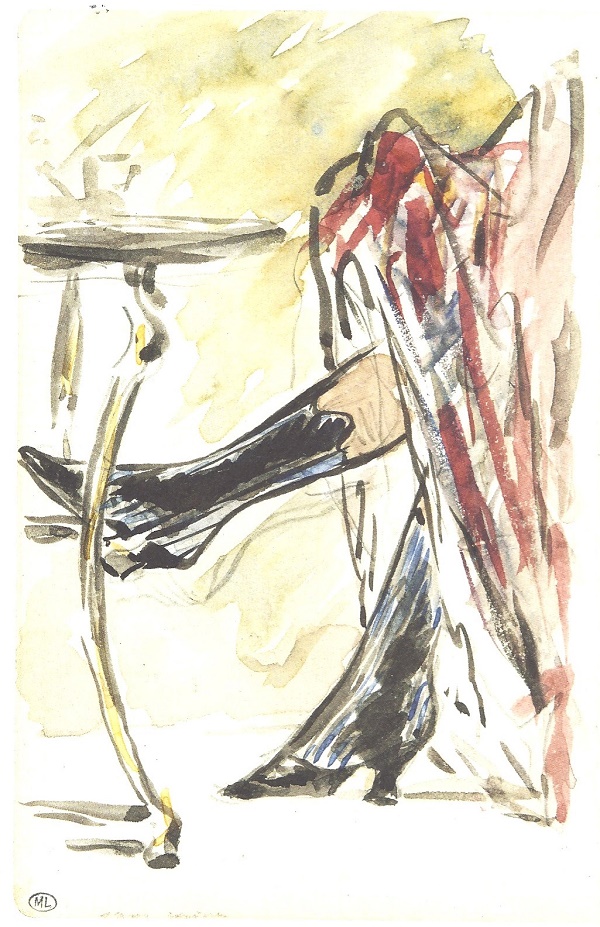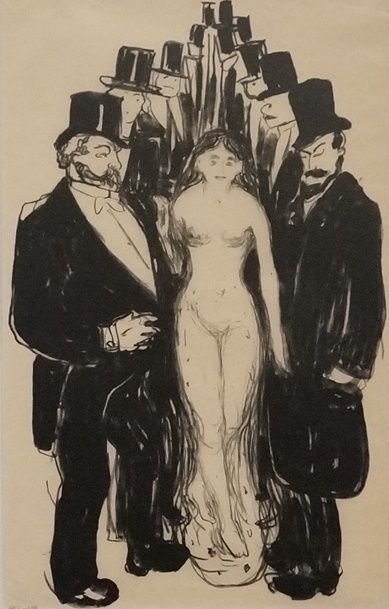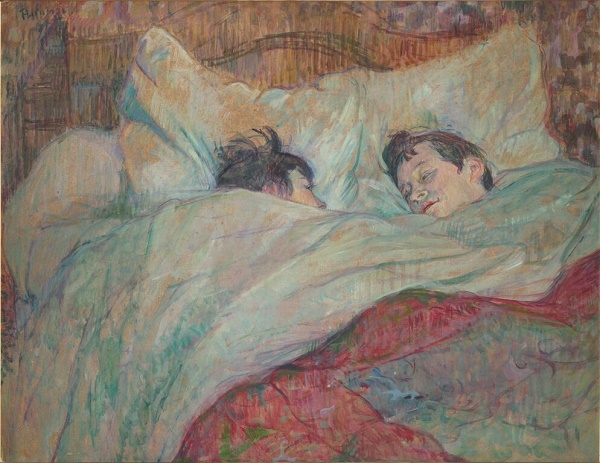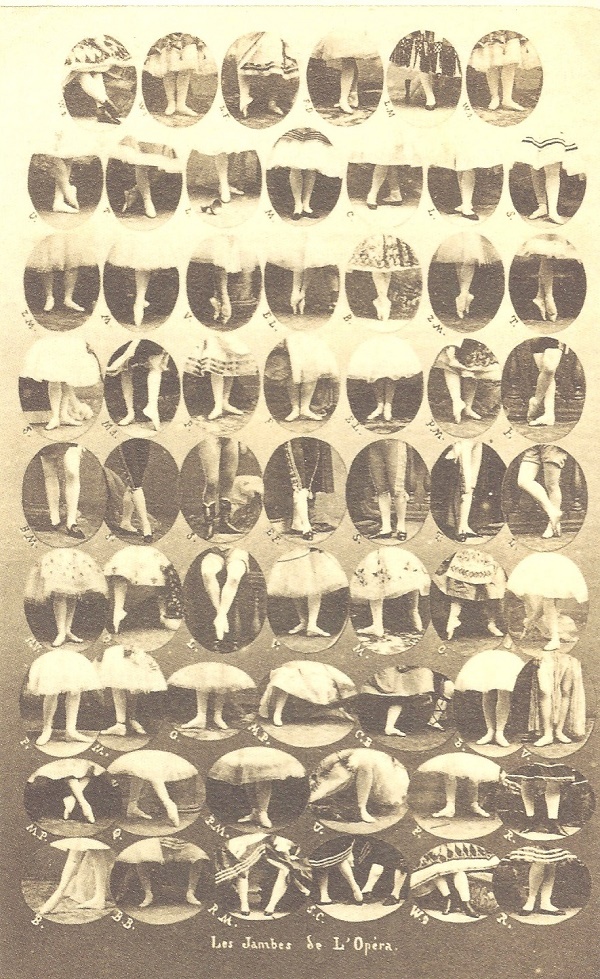
[Long live the whores / Hooray for hookers] Note on the exhibition’s guestbook
Before one visits
Splendour and Misery. Pictures of Prostitution, 1850-1910 at the Musée d’Orsay (until January 17, 2016), one wonders a bit anxiously if this exhibition will be as empty as
Masculin Masculin, as superficial as
L’Ange du Bizarre, or on the contrary as stimulating as the one on
Sade, which moved me deeply. It was not as overwhelming as the latter, but it was definitely instructive: this exhibition is pedagogically very interesting, as it describes very well the political, social, moral, economic context in which prostitution fostered in the nineteenth century, as it exposes its mechanisms, as it characterizes its protagonists and its spaces. The exhibition presents prostitution as a coded, regulated universe, with its laws, its consumer guides, its idiosyncrasies, such as the ambiguous gestures designed to show the goods and to lure in the client. This is what Édouard Manet illustrated in 1880, drawing only boots, a bit of uncovered shin and a red dress, three clues that make the lady’s trade abundantly clear to the audience.

Édouard Manet, Deux jambes avec bottines sous une jupe rouge devant un guéridon [Two legs with boots under a red dress in front of a small table], 1880, black ink wash, graphite, watercolor on square paper, 18,6x12cm, Musée d’Orsay
Predictably, the male gaze prevails almost exclusively, and one has to look at length for the only woman featured, the Castiglione, as the co-author, with Pierre-Louis Pierson, of one of the
photographs displayed. If the socio-historical aspect is particularly well addressed in the exhibition (and well analyzed in the catalog, despite some redundancies from one essay to the other), the fantasmatical dimension of prostitution –which one and all try to express, from Courbet and his
Mère Grégoire to Picasso and his
Melancholy (for the sketches from the Demoiselles d’Avignon which conclude the visit belong to another world)– is visible, obvious even, yet it does not really moves us, since this realm of hypocritical prohibitions seems so remote to us nowadays. In lieu of lust, it is empathy we feel in front of the injustice, in front of this sexual and economic domination by men: maybe it is the wretched Munch (one of the few foreigners featured here; but Paris was the capital of arts and brothels at the time…) who translated it best in this crushing lithograph.

Edvard Munch, The Alleyway, 1895, lithograph, 43,5×32.3cm, Munch Museum Oslo
The only glimpses of humanity in this exhibition probably lies in what Toulouse-Lautrec, so close to the girls, captured in two or three oil on cardboard paintings in which sentiment finally appears. Finally, the look shared by these two girls expresses deep emotion, at the very moment of their reclaiming of their bodies and sexualities through lesbian love, when they won’t be solely objectified. Others do denounce prostitution, such as Octave Mirbeau or Josephine Butler, but through texts, discourses in the written form, and not through art.

Henri de Toulouse-Lautrec, Le lit [The Bed], 1892, oil on cardboard mounted on wood, 53,5x70cm, Musée d’Orsay
The importance of photography in the exhibition is to be noted (as well as Marie Robert’s essay in the catalogue): the majority of the photographs are displayed in two secluded rooms, in which minors are not allowed. Indeed, photography frees the gaze and glorifies the erogenous eye. It is valued for its recording abilities, its indexing of truth, and thus it can be all the more scandalous. Rather than
Pierre Louÿs’s roguish niceties (the French weekly
Le Point prudishly reframed the picture), or
Jeandel’s mysteries, I have chosen to offer you this beautiful composition by Disdéri: the legs of sixty-one ballerinas from the Opéra de Paris, identified by their initials only –youthful talents at the mercy of paunchy old Misters roaming the Opéra’s Foyer, which was a hotspot to connect with
the demi-monde.

Eugène Disdéri, Les Jambes de l’Opéra [The Legs of the Opera], photomontage, circa 1863, print on albumine paper, 11×6,5cm, coll. Laure Deratte
Read this article:
in the original French; alt.
in Spanish
Original publication date by Lunettes Rouges: October 20, 2015.
Translation by Lucas Faugère





Pingback: Vive les Putes ! (à Orsay) | lunettesrouges1